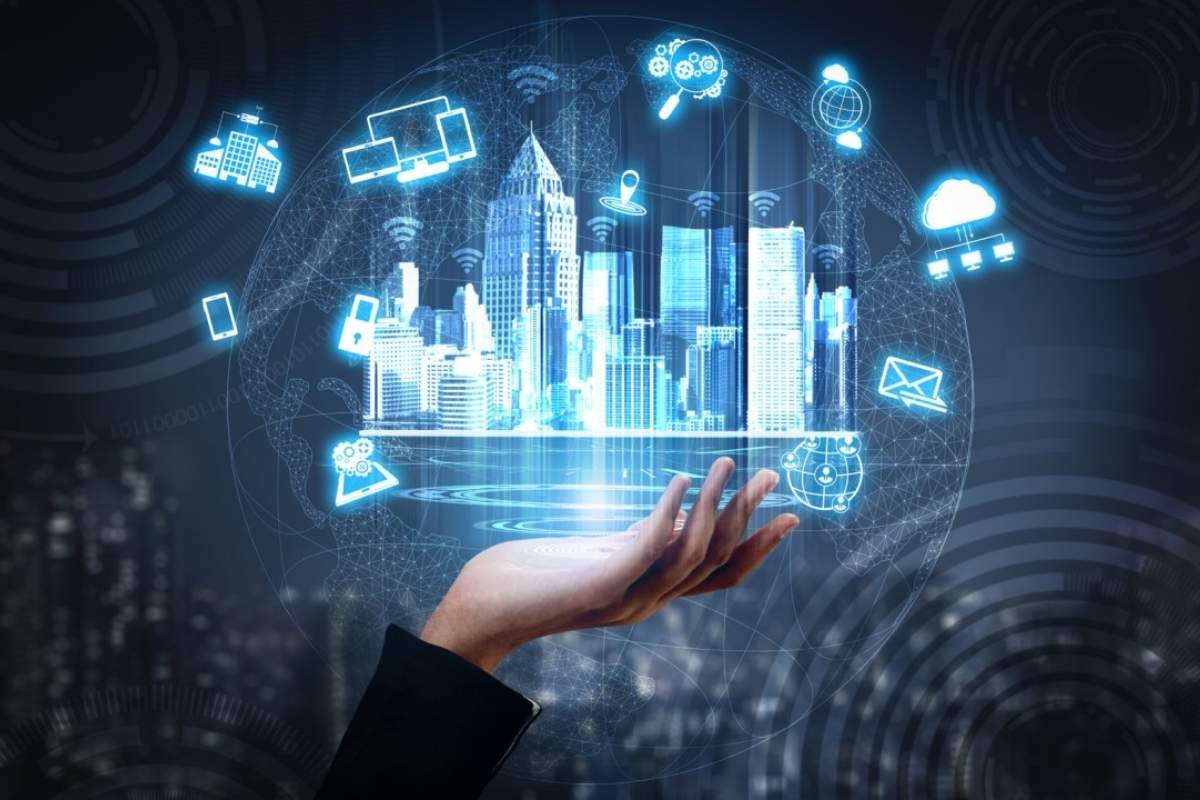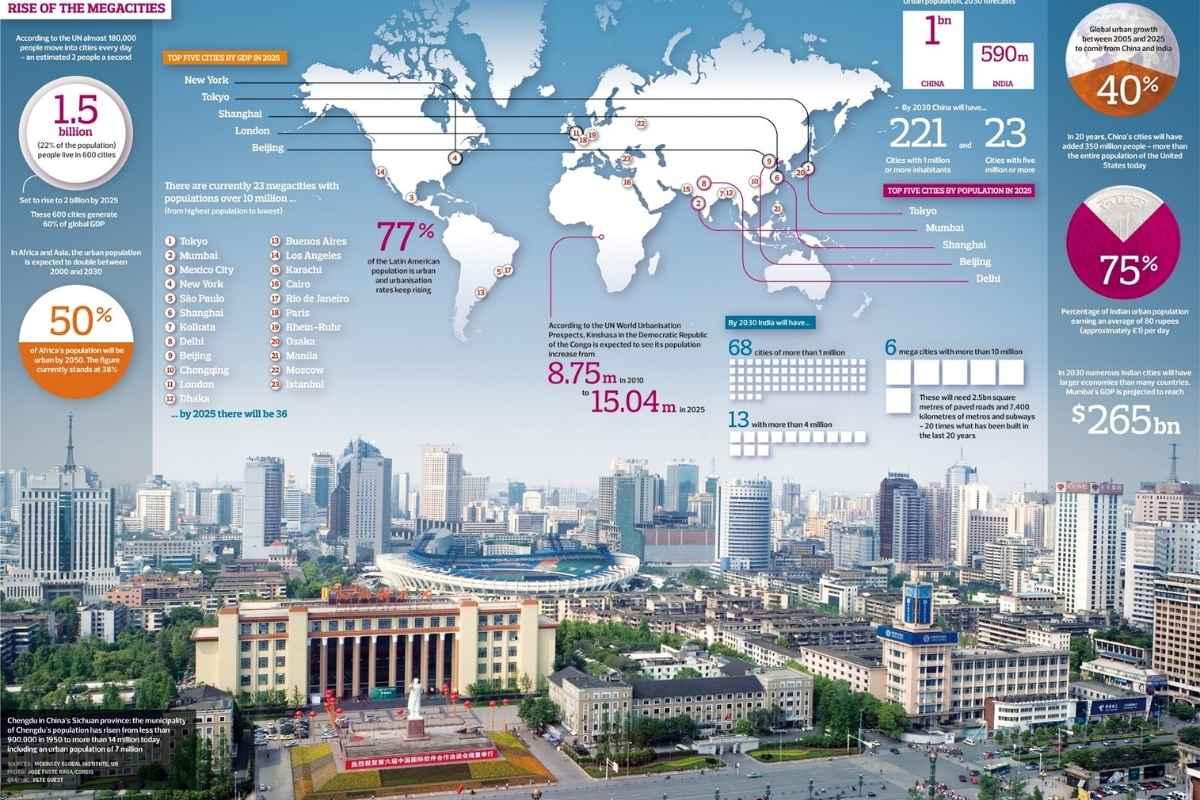The rapid urbanization of the 21st century has given rise to megacities—urban centers with populations exceeding 10 million people. These cities are not only reshaping the way we live but also redefining technology, sustainability, and infrastructure on an unprecedented scale. As megacities continue to grow, they present both challenges and opportunities for the future of human civilization.
1. The Rise of Megacities
Over the past few decades, the number of megacities has surged, driven by population growth and economic expansion. Some of today’s largest megacities include:
- Tokyo, Japan: The world’s most populous city, known for its efficiency and advanced transportation systems.
- Delhi, India: A rapidly growing metropolis with booming industries and urban challenges.
- Shanghai, China: A global financial hub with futuristic architecture and smart city initiatives.
- São Paulo, Brazil: The economic powerhouse of South America.
By 2050, the United Nations predicts that nearly 70% of the global population will live in urban areas, making megacities an integral part of human development.
2. Smart Cities and Technological Innovations
Megacities are leveraging cutting-edge technologies to enhance urban living, including:
- Artificial Intelligence & Big Data: AI-powered traffic management and predictive analytics are helping cities optimize transportation and services.
- IoT (Internet of Things): Smart sensors in public spaces enhance safety, waste management, and energy efficiency.
- Autonomous Transportation: Self-driving cars and high-speed transit systems are transforming urban mobility.
- 5G Connectivity: Faster internet speeds are enabling seamless integration of smart city solutions.

3. Sustainability and Green Urban Planning
As megacities grow, they face significant environmental challenges, including pollution, waste management, and resource depletion. To combat these issues, urban planners are focusing on:
- Green Architecture: Vertical gardens, rooftop farms, and energy-efficient buildings help reduce carbon footprints.
- Renewable Energy: Solar panels, wind farms, and sustainable power grids are being integrated into city designs.
- Public Transportation Expansion: Investments in metro systems and electric buses aim to reduce traffic congestion and emissions.
- Waste Reduction & Recycling: Advanced recycling programs and waste-to-energy technologies are revolutionizing urban waste management.
4. Social and Economic Impact of Megacities
Megacities serve as economic engines, attracting talent, businesses, and investments. However, they also come with socio-economic challenges, such as:
- Income Inequality: Disparities between wealthy and low-income residents remain a significant concern.
- Housing Shortages: The high cost of living makes affordable housing a critical issue.
- Public Health: High population density increases the risk of disease outbreaks and strains healthcare systems.
- Crime & Security: Urban areas must implement innovative security measures, including AI-driven surveillance and community policing.

5. The Future of Urban Living
As technology advances, the cities of the future may look drastically different from today. Some emerging trends include:
- Underground & Floating Cities: To combat space limitations, architects are exploring underground developments and floating metropolises.
- Hyperloop & High-Speed Transport: Faster transit systems will make commuting between megacities more efficient.
- Vertical Cities: Skyscrapers designed for self-sufficiency could provide housing, workplaces, and green spaces in one integrated structure.
- Decentralized Urban Models: Instead of centralizing resources, cities may transition to decentralized hubs with independent, sustainable infrastructure.
Megacities are at the forefront of innovation, offering glimpses into the future of human civilization. While they come with challenges, their potential for technological advancement, sustainability, and economic growth is unparalleled. By addressing urban issues proactively, we can ensure that these cities continue to thrive and provide a high quality of life for their inhabitants.


